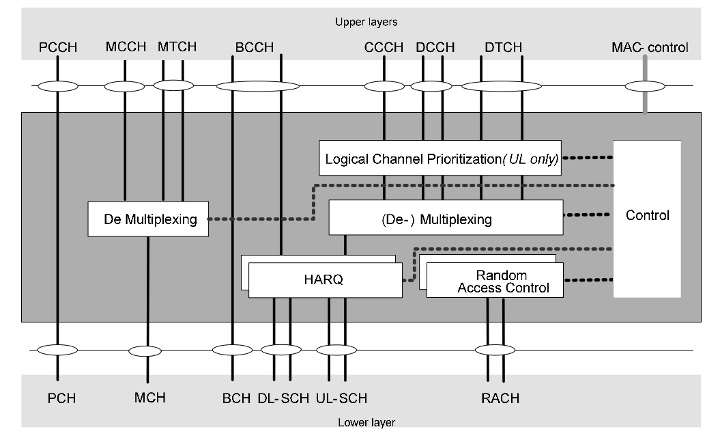

It might be easiest to give up, disable dynamic MAC learning on the peer link, and use a control-plane MAC address advertisement protocol between MLAG cluster members.The switch could use the “ this frame is coming from a LAG member” part of that encapsulation to influence dynamic MAC learning. MLAG implementations using a peer link usually use proprietary encapsulation on the peer link 3.Implement an address source priority scheme – MAC addresses advertised by the control plane cannot be changed through dynamic MAC learning.You can solve this conundrum in several ways, depending on what the underlying hardware supports 2: Traditional MAC learning behavior would quickly trigger duplicate MAC address alerts clearly not something we want to see. Imagine A using both LAG members to send traffic to X S1 would see source MAC address A coming from the directly-connected link and the S1-S2 link. It’s worth noting that ICCP (RFC 7275) does not provide this functionality to build a standards-based MLAG solution, you have to combine ICCP with another control-plane protocol like EVPN.Ĭan we combine dynamic MAC learning on the S1-S2 link with a control-plane protocol? It’s a tough challenge. They need a control-plane protocol to exchange MAC addresses reachable over the LAG member links. Using the traditional MAC address learning, S1 would deduce that it should use the S1-S2 link for the return traffic toward A, violating the hot-potato switching expectation.Ĭonclusion: Switches in an MLAG cluster should not rely exclusively on dynamic MAC learning. S2 forwards (or floods) those frames over the S2-S1 link. Imagine A sending frames to X over the A-S2 link 1. We’ll keep using the same network topology with two switches and five hosts, and assume our system tries its best to implement hot-potato switching (sending the frames toward the destination MAC address on the shortest possible path).

This post focuses on a major building block of the layer-2 data plane functionality: MAC learning. In the first blog post of the MLAG Technology Deep Dive series, we explored the components of an MLAG system and the fundamental control plane requirements.


 0 kommentar(er)
0 kommentar(er)
